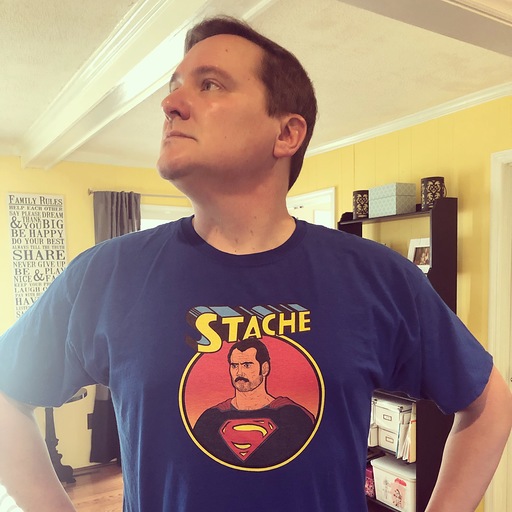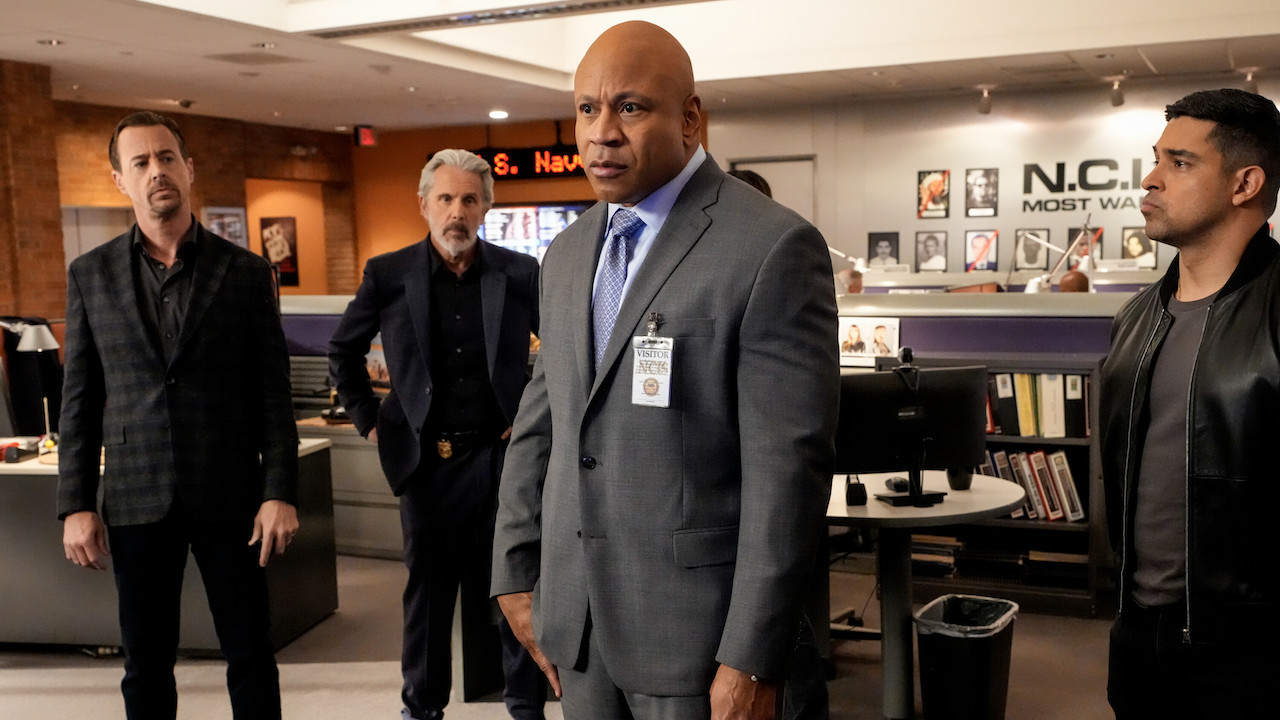Artists draw inspiration from strange places. Literary triumphs, gory graphic novels, headline-grabbing stories of heroism … all have motivated contemporary storytellers. And then there’s Gore Verbinski, who appears to be guiding his career along a well-worn path carved out by vacationers to Walt Disney World’s Magic Kingdom in Orlando.
Scan the theme park’s map and you’ll notice Adventureland – whose Pirates of the Caribbean ride triggered three unusually entertaining water-based excursions – gives way to Frontierland, the cowboys-and-Indians sector characterized by the runaway-train ride Big Thunder Mountain. At this rate, Verbinski should be transporting audiences to Fantasyland by 2016.
For now, though, the Rango director offers up The Lone Ranger, a handsomely photographed but sloppily plotted homage to the classic serial hero that also acts as a cinematic cousin to the Caribbean franchise. Slick, slimy pirates have been traded for grizzled, dusty lawmen patrolling America’s uncharted frontier. The director experiments with the supernatural (though there’s nothing quite as immersive as Capt. Jack Sparrow’s trippy tour of the afterlife), and allows his runtime to bloat to At World’s End levels of tedium. But if you embrace the Pirates movies, as a whole, you’re likely to find enough to enjoy in this hodgepodge of chewed-over ideas.
The selling point – for both mainstream audiences and the Disney execs who bankrolled this endeavor – is the return of Verbinski’s muse, Johnny Depp, who agrees to play Tonto alongside an unremarkable Armie Hammer. Essentially an origin story for the masked lawman, The Lone Ranger transports us to Colby, Texas circa 1869, where sinister Butch Cavendish (William Fichtner) casts a menacing shadow over the land. Dan Reid (James Badge Dale), a shoot-first sheriff, wants to end Cavendish’s reign with a noose. Dan’s educated brother, John (Hammer), demands the criminal answer to a legitimate system of justice. Their clash ends in tragedy … and also the birth of an iconic hero.
If the Cavendish plot were the only one Verbinski asked us to follow, this campfire tale might not have felt so overstuffed. Unfortunately, The Lone Ranger resembles a horse with three saddles, and Verbinski – as the metaphorical rider – is rarely sure which one he wants to straddle. There’s a prototypical love interest (Ruth Wilson) dividing the Reid brothers. There’s a secondary villain (Tom Wilkinson) who’s hell bent on bringing the railroad through town. Helena Bonham Carter wanders over from the latest Tim Burton joint to play a whorehouse Madam … though she has a wooden leg that has been converted into a gun because, well, why the hell not? Cavendish and his colorful crew eventually must be dealt with when they escape the long arm of the law. And what’s with those vampire rabbits that patrol the prairies in the dead of night?
Those who followed Verbinski’s rocky road through the Lone Ranger production know that the director had grand, bizarre plans to utilize Tonto’s Indian mysticism for a subplot involving werewolves, silver bullets and other supernatural hokum. For reasons unknown, the bulk of that originality is chucked for a stock conflict with a money-grubbing white-collar antagonist. Except, traces of the supernatural still exist on the fringes of Ranger, promising an interesting movie that’s never allowed to develop.
On the topic of “never developing,” I’m fairly confident Hammer’s never going to develop into a capable leading man. His Ranger is overshadowed by Depp’s solemn sidekick, by Fichtner’s snarling villain, by the majestic white horse on which he rides and by the vast desert landscapes that surround him in vital scenes. When you’re ignoring the leading man so you can stare at a spectacular, maroon rock formation in a New Mexico desert, your film has issues.
That’s not to say The Lone Ranger can be dismissed. Cinematographer Bojan Bazelli shoots a gorgeous period Western reminiscent of John Ford’s Monument Valley classics. Depp refuses to fall back on Jack Sparrow’s boozy swagger, choosing a detached, incredulous approach that helps Tonto stand apart. And few modern directors stage large-scale action set pieces with the fluidity Verbinski brings. The Lone Ranger opens and closes with memorably choreographed stunts aboard rapidly-moving locomotives that are cleverly planned and well-executed. The film’s soggy middle section desperately needed a rousing sequence on this level to keep us awake, and more invested.

Sean O’Connell is a journalist and CinemaBlend’s Managing Editor. Having been with the site since 2011, Sean interviewed myriad directors, actors and producers, and created ReelBlend, which he proudly cohosts with Jake Hamilton and Kevin McCarthy. And he's the author of RELEASE THE SNYDER CUT, the Spider-Man history book WITH GREAT POWER, and an upcoming book about Bruce Willis.











